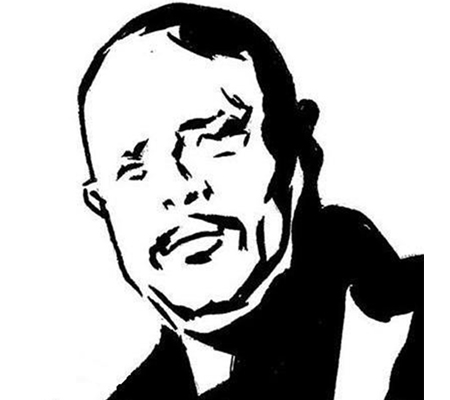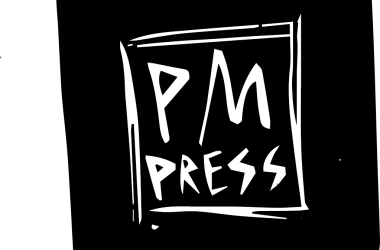By Wendy Hornsby
Gazettes
Wednesday, July 21, 2010
In
the olden days, children — circa 10 years ago — were all very clear
what a book was and what a publisher was. And what a bookstore was.
Books
were printed pages sandwiched between tangible covers. The type of
cover and the paper inside were indications of the publisher’s opinion
of the literary quality of the work.
Hardcovers meant a serious
book. A paperback original, not so much, especially compared to a
mass-market paperback — reprint of a hardcover. Trade paperbacks were a
category of their own, usually the product of small literary
publishers or European publishers; they had some cachet. Traditionally,
a publisher was housed in a bricks and mortar edifice on the far side
of the continent and the editor was a person who was either tweedy or
elegant and always knew exactly where to lunch in New York or Boston.
Hardcover
books, and sometimes the trade paperbacks, were reviewed in
newspapers, were sometimes treated to promotional tours paid for by the
publisher, invited to bookstores for signings, or bought by libraries.
And for everyone who couldn’t sell to a publisher, big or small,
there was the pay-as-you-go vanity press. These folks got badges from
the Rodney Dangerfield Society: “I don’t get no respect,” and a hard
time marketing their books beyond friends or family.
Well, kids, times have changed. All the above? Forget about it. Newspapers rarely review books anymore. Instead, reviewers are anyone who wants to post on the web. A long time ago, publishers stopped footing the bill for author tours. Libraries, bless them, are still with us, but you may find as much space there dedicated to computers as to bookshelves, and they will rent you an e-book.
Tell me where in heaven’s name — and what — is your bookstore? Amazon announced this week that it sold nearly twice as many books electronically this year than it did that paper thing Grandma used to decorate her shelves with. A 1:1.8 ratio.
Right now, the real questions are: What is a book? What is a publisher?
Last week, my old friend Gary Phillips was in town, signing an anthology he edited, Orange County Noir, at Apostrophe Books. We talked, as writers always do, about the ever-changing state of publishing.
Years ago, after the 1992 Los Angeles riots, Gary wrote a wonderful hard-boiled mystery that mainstream publishers deemed too political for that incendiary time. So Gary, in the fine tradition of Upton Sinclair, who couldn’t find a publisher for “The Jungle” because of its rough content, or Howard Fast who couldn’t sell “Spartacus” during the McCarthy Era because he was on the blacklist, published it himself. With friends, he started his own publishing company, West Coast Crime, and published “Violent Spring,” and its sequel, “Perdition” as trade paperbacks.
Gary’s West Coast Crime books did well enough that he was signed to a two-book deal by one of the big New York houses. Most recently, Gary’s four-part novella, “The Underbelly,” was “published” online. The expanded, reedited novella, has been picked up by PM Press and will be published next month as a traditional pages-between-covers edition.
He told me, “Today, after having books published by big, small and in-between publishers, what with Kindle, print-on-demand, iPad, Nook and who knows what all else is coming down the pike, the book business is lot different for the writer and the publishers.” I would add, and for the bookstores and the reader. Many new books are, like Gary’s, hybrids that exist online and on the shelf at the same time. The recent publishing experience of our E.E. – Executive Editor – here at Gazettesland, Harry Saltzgaver, is a good example.
After Harry finished his first book, “Passionately Positive: The Beverly O’Neill Story,” he went looking for a publisher. He told me, “I started out by checking for publishers of similar books, leadership-oriented and AA-oriented.” In the end, he decided that because his story was regional — Long Beach — and the book is slender, that his best option was to work with a print-on-demand publisher. After investigating the options, he chose Outskirts Press.
Harry didn’t need an editor — he’s mine, I vouch for him — but he had help with the design and the artwork. The printing, wholesaling and distribution of the book are taken care of by the publisher. Harry maintains all rights in case a big publisher — or Hollywood — comes calling. Because the book is print-on-demand, it comes out in hardcover and trade paperback, and online, at the same time. And it won’t ever end up on a remainder table. Can’t beat that. The book signing tour? That’s Harry’s responsibility. But as it will probably take place in and around Long Beach, where his target market is, I think he’ll manage just fine.






